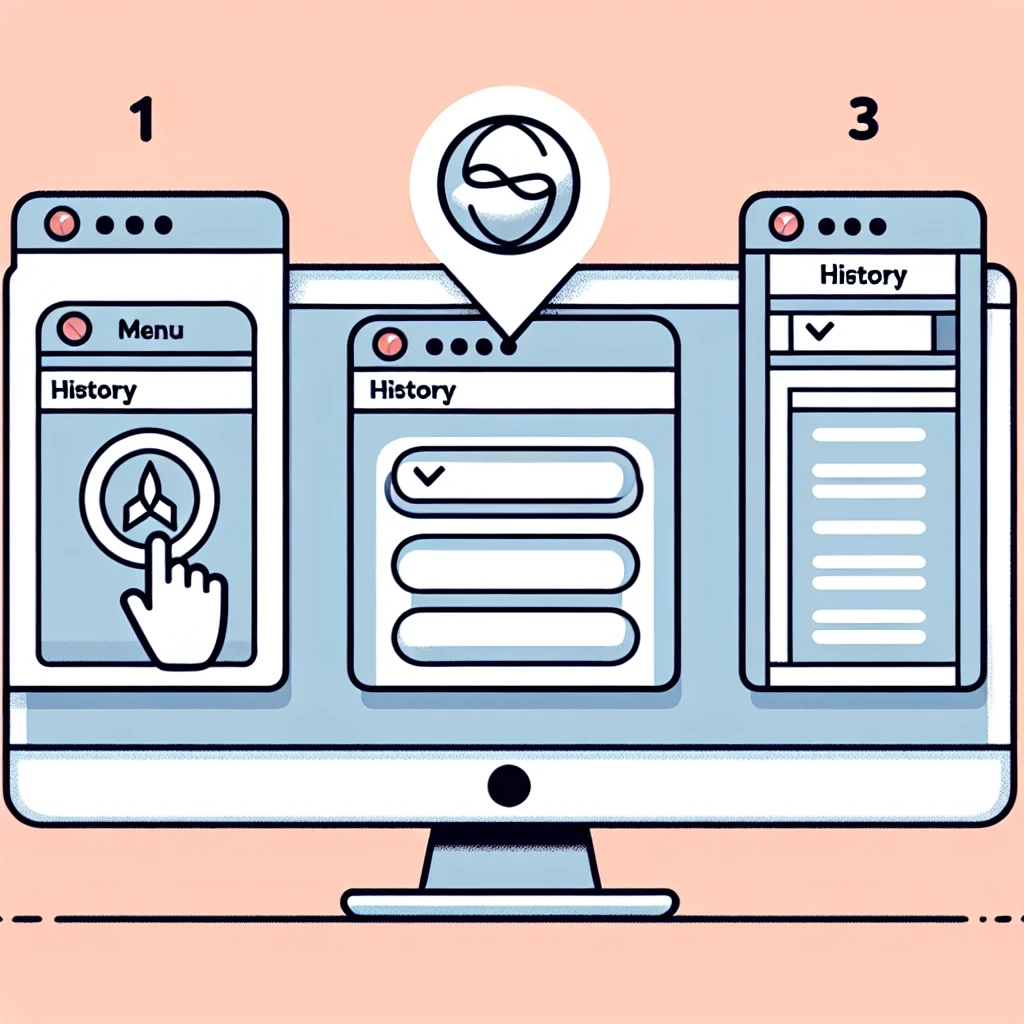Introduction
In the ever-evolving world of ride-hailing, Uber has consistently pioneered innovative approaches to improve its services. The latest advancement involves the integration of AI-based driver coaching into its platform, aiming to enhance driver performance and overall rider safety. This article delves into the functionalities, benefits, and implications of this groundbreaking feature, as well as what it means for the future of ride-hailing.
Historical Context
Since its inception in 2009, Uber has transformed the transportation landscape. With aspirations to make transportation as reliable as running water, the company has introduced a range of features, from in-app safety measures to improved navigation systems. However, the introduction of AI-based driver coaching marks a significant shift in how Uber supports its drivers. Historically, driver training has been minimal, relying mainly on onboarding sessions and occasional feedback. Now, with the advent of AI, the company is stepping up its game.
The Technology Behind AI-Based Coaching
The AI-based driver coaching system utilizes advanced machine learning algorithms to analyze driver behavior in real-time. By examining data from various metrics such as speed, braking patterns, and route efficiency, the system can identify areas where drivers may need improvement. For instance:
- Speed Monitoring: The AI can alert drivers when they exceed speed limits, promoting safer driving habits.
- Braking Patterns: Sudden or harsh braking is identified, and drivers receive tips on smoother driving techniques.
- Route Optimization: Suggestions for better routing based on traffic conditions can help drivers save time and fuel.
Benefits of AI-Based Coaching
Integrating AI into driver coaching offers numerous advantages for both drivers and riders:
- Improved Safety: By encouraging safer driving behaviors, Uber aims to reduce accidents and enhance the overall safety experience for riders.
- Enhanced Performance: Drivers can refine their skills, leading to improved ratings and higher earnings through better service.
- Real-Time Feedback: Immediate insights allow drivers to make adjustments on-the-go, fostering a culture of continuous improvement.
Future Predictions and Industry Impact
The adoption of AI-based driver coaching could set a precedent for the entire ride-hailing industry. As more companies recognize the value of data-driven coaching, we anticipate a broader shift towards AI integration in various aspects of transportation. Predictions suggest that within the next five years:
- AI coaching will become standard across all major ride-hailing platforms.
- Emergency response integration will improve, allowing for quicker assistance to drivers in distress.
- Rider expectations will evolve, seeking not just transportation but a commitment to safety and excellence from drivers.
Pros and Cons of AI-Based Coaching
While the benefits are substantial, it is essential to consider potential drawbacks:
Pros:
- Increased Driver Confidence: With regular coaching and feedback, drivers may feel more empowered behind the wheel.
- Higher Earnings Potential: As drivers enhance their skills, they can take on more rides and earn better ratings.
- Data-Driven Decisions: Uber’s ability to analyze driver performance can lead to personalized coaching strategies.
Cons:
- Data Privacy Concerns: Drivers may feel uneasy about the extent of data collection and monitoring.
- Over-Reliance on Technology: There is a risk that drivers may lean too heavily on AI feedback, rather than developing their instincts.
- Initial Adjustment Period: New systems may require time for drivers to adapt and fully benefit from coaching.
Real-World Examples
Several drivers have already begun to experience the advantages of AI-based coaching. For instance, a driver in San Francisco reported receiving real-time alerts about speeding, which helped him adjust his driving and ultimately led to an increase in his rider ratings. Another driver in New York City found that the coaching helped him navigate through congested areas more efficiently, reducing his overall ride time.
Cultural Relevance
The introduction of AI-based coaching aligns with a growing societal emphasis on safety and accountability. In a world increasingly concerned with traffic fatalities and environmental impact, Uber’s move to foster better driver habits could contribute to a more responsible and efficient transportation network.
Conclusion
In conclusion, Uber’s integration of AI-based driver coaching signals a transformative step forward for the ride-hailing industry. By leveraging technology to enhance driver performance, the company not only aims to improve safety and efficiency but also sets a new standard for the future of transportation. As this feature rolls out globally, it will be fascinating to observe its impact on driving behaviors, rider experiences, and the broader implications for the ride-hailing ecosystem.



